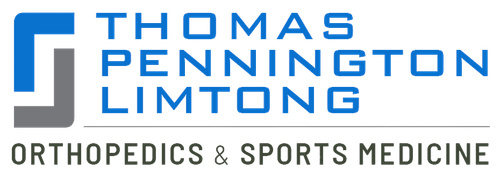 Tennis elbow, also known as lateral epicondylitis or extensor tendinopathy, is a common term used to describe pain in the outer elbow.
Tennis elbow, also known as lateral epicondylitis or extensor tendinopathy, is a common term used to describe pain in the outer elbow.
It usually occurs because of tendon swelling or degeneration in the area where the extensor muscles insert into the elbow. Tennis elbow may develop due to sports such as tennis or other activities that strain the muscles of the elbow.
Not Just in Tennis Players
This condition, contrary to its name, does not manifest only in tennis players. It also affects people engaged in other sports or recreational activities involving repetitive stress on the muscles surrounding the elbow, such as decorating or heavy lifting.
It can be challenging to treat a tennis elbow, particularly if it becomes chronic. Therefore, it is essential to get it medically assessed at the earliest. This condition can develop gradually (chronic) or over a few days or weeks or quite suddenly (acute).
Thomas & Bigler Knee & Shoulder Institute, led by caring board certified orthopedic surgeons Dr. Steven C. Thomas and Dr. Gregory T. Bigler, provides orthopedic treatments to patients in Las Vegas, Nevada, and surrounding communities in this region of The Battle Born State.
Symptoms
The primary symptom is pain around one to two cm below the bony part located on the outside of the elbow (lateral epicondyle).
The patient may also experience weakness in the muscles around the wrist and forearm rendering it challenging to perform routine activities due to weakness in gripping objects such as opening a door handles or holding a racket. A professional therapist or doctor may conduct various assessment tests to diagnose tennis elbow.
Types of Tennis Elbow
Acute Injuries
Acute injuries occur suddenly after an activity such as using a poor technique to hit a backhand shot. The extensor muscles behind the forearm (wrist extensors) suddenly become overloaded. This causes micro tears of the tendon where it inserts into the elbow.
Chronic Injuries
Chronic injuries develop gradually over a few days or weeks. It is usually preceded by bouts of intense exercise or activity that the patient is not accustomed to, such as lifting heavy furniture while moving.
Treatment
Tennis elbow treatment involves measures to reduce pain and swelling through rest and application of ice or cold therapy. Gradually, the load through the elbow is increased via exercises to a level where the patient can resume routine training and competition.
A doctor or professional therapist may prescribe drugs such as Ibuprofen to mitigate the symptoms in the initial stages.
Exercises
Stretching and strengthening exercises form the basis of the rehabilitation program and are vital to recovery. The patient should perform these exercises as soon as the pain reduces and continue until and beyond the level of full fitness.
The most important part of the rehab program is wrist extension stretches and exercises. These aim to slowly increase the load transferred through the tendon and its extension while remaining within the limits of pain. Static exercises (also called isometric) are done initially.
These involve muscle contraction without actually causing movement in the wrist. These exercises should only commence after the initial swelling and pain have subsided.
Surgery
When it comes to surgical intervention, golfer’s elbow and tennis elbow are treated similarly. Most tennis elbow cases are unresponsive to conservative treatments involving ice, rest, ultrasound, and at times, a steroid injection.
But if the patient requires surgery, they may take around eight weeks to recover. Devoted board certified orthopedic surgeons Dr. Thomas and Dr. Bigler receive patients from Las Vegas, Nevada, and other suburbs and cities in the southeast part of Nevada.
If you would like to schedule an appointment or learn more about the Knee and Shoulder Institute procedures & treatments performed by Las Vegas, Nevada board-certified surgeons Steven C. Thomas, MD and Gregory T. Bigler, MD. Contact the office today click here.
